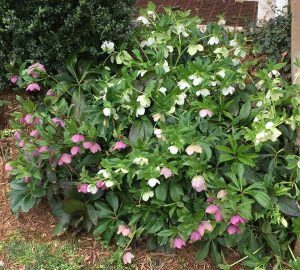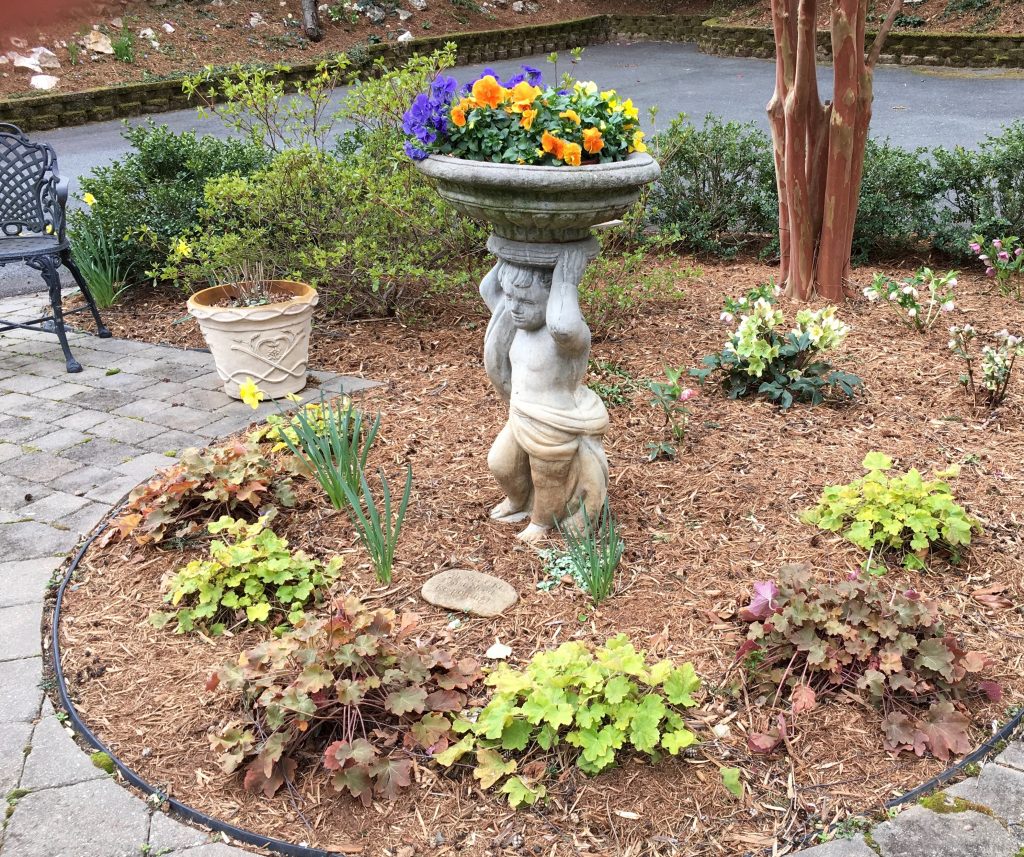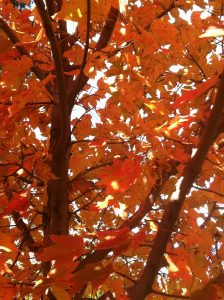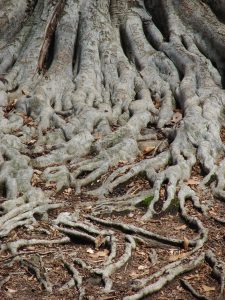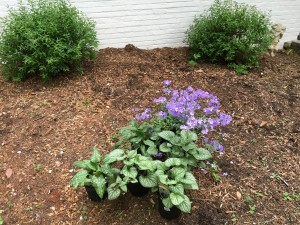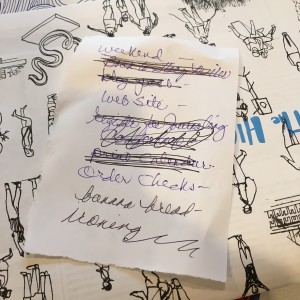“Where and what your body is living is not where and what your attention is living.”
Nancy Colier, The Power of Off
The woman dressed in black shorts and a bright yellow t-shirt strode ahead of me on the trail to the creek. The magical bird song that I’d been listening to before I caught up to her was gone. In its place was an insistent business like voice asking the person on the other end of the line which stock he or she would recommend to take the place of the loser they had just sold. There was laughter, a few swear words. On and on it went. I noticed a flash of white leap through the brush to her left. A White Tailed Deer, as disturbed as I was by the unnatural sounds, moved out of the way quickly in order to find the peacefulness she’d been experiencing before the interruption.
I had encountered this woman once before on my morning walks at Ivy Creek Natural Area and began wondering if I should change my early morning jaunts to later in the day. But I loved to be there early in the morning before groups of other people arrived and my thoughts were taken up with human busyness. I enjoyed being alone in the forest and fields, fully present to what I was seeing and hearing in this world I mistakenly thought was untouched by technology.
I’m naive that way. When I’m in the woods I expect to be hear wood peckers drumming away on surrounding trees digging for their breakfast. Or watch a doe and her spotted fawn taking in the early morning sun as they graze the grass in the meadow. If I was very lucky, I might see a beaver swimming across the creek, its mouth filled with newly sprouted twigs and leaves. My attention would be as present as my body. The stress I would experience later in the day was no where in sight and my breathing was slow and deep. Being in the natural world has always been my salvation, keeping me sane in what often seems like an insane world.
I know there is no other path ahead that will lead me away from the intruder, so I turn back and look for a way around her. I find another path that ultimately takes me in a different direction. I won’t be heading for the creek which was my destination, but who knows what wonderful sights and sounds will fill my need for this short but sweet inclusion in a world not as taken with itself as the world surrounding this two hundred acre preserve.
When I start the morning here in the woods I know my day will be easier to navigate through than it would be if I had picked up my cell phone as I ate my breakfast. Without the phone spewing messages and emails some are expecting me to answer immediately, I will taste the freshness of blueberries, freshly picked strawberries, the tang of plain yogurt, and the sweetness of honey I drizzle on top. If I choose to turn the phone on all of that will be lost.
I think of that woman walking through the forest, talking on her cellphone, hearing only her own voice, seeing only dollar signs while missing the bright red cardinal flowers blooming along the trail. It seems to me that if she had made that call later, after her walk, her day might have a different ending. We all need to take time away from our busyness and immerse ourselves in places where we can be present and mindful of the world around us.
I’ve too often make the mistake of taking my cell phone outdoors when I sit on my patio. I might miss the hummingbird flitting through the garden if I’m engaged with emails. What do you miss when you let your cell phone take over the present moment?

